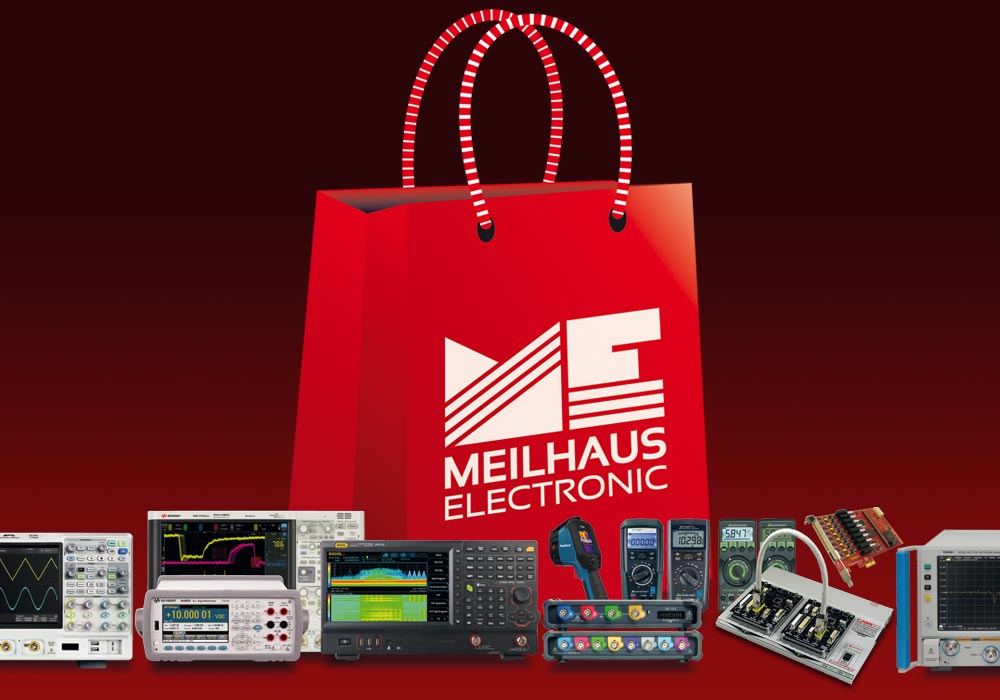ACKSYS Product Line - Industrial Data Communication

ACKSYS is a French manufacturer that designs rugged data communication equipment for industrial markets such as transportation (freight and passenger incl. connected tramways, buses, railway), industrial automation, military and aeronautics, oil and gas, mining, cranes, AGV, AMR for warehouse and logistics, etc. In 1984 ACKSYS started primarily with serial interfaces. Today, ACKSYS is specialist in reliable, safe and rugged wireless communication solutions.
Safe transmission
- WiFi access point, client or repeater modes.
- Advanced security functions.
- Two redundant wide range power supply inputs.
For IIoT, industry 4.0, M2M data communication etc.
WiFi "on Air"
- Compact, multifunctional module.
- Advanced security functions.
- Easy configuration with web browser.
For industrial, building and factory automation, mobile applications in trains, busses and other vehicles.
Many of the ACKSYS modules are multifunctional and combine the functions of Wi-Fi access point, Ethernet bridge, repeater, mesh point and/or router. What do these functions mean and where are the differences? Here is a small "glossary":
- WLAN and Wi-Fi
- WLAN (Wireless Local Area Network) describes a wireless local radio network, according to a standard of the IEEE 802.11 family. Wi-Fi is often used as a synonym for WLAN, but it is actually not the same thing: WLAN refers to the actual radio network, Wi-Fi to the certification according to the IEEE-802.11 standard of the Wi-Fi Alliance.
- Access point
- A wireless access point, also known as an AP or base station, is an interface or converter for wireless communication devices. The AP is connected by cable to an Ethernet or other communications network. It generates a WLAN radio network that enables wireless connection to end devices such as laptops, tablets, smartphones, IOT and other mobile devices with WLAN. Some APs provide a so-called ad-hoc mode, which can be used to establish direct wireless communication from Ethernet components such as PCs/computers and printers.
- Mesh Point
- A mesh network is a network topology of data transmission technology in which nodes (mesh points, bridges, switches and other devices) connect directly, dynamically and without hierarchy to as many nodes as possible. The opposite to this is networks with classic star or tree structure./dd>
- Repeater
- Repeaters allow the distance of a signal transmission to be increased (signal amplifier). To do this, the repeater is positioned at a suitable distance from the transmitter, receives the transmitter's signals and retransmits them in a processed form. Repeaters are available for both wired and wireless transmissions.
- Hub
- In simplified terms, a hub can be thought of as a "distribution socket" for Ethernet (or USB). The pure hub connects devices in a star or tree structure. Common hubs are actually repeating hubs, because they have an additional repeater function ("multiport repeater") and provide signal conditioning/amplification. USB hubs with external supply/power supply can also ensure that connected devices with supply via USB ("bus-powered" devices) are sufficiently supplied with power.
- Switch
- Switches form networks: In simple terms, an Ethernet switch is a hub with a controller function. Like a hub, it connects devices in a star configuration, but does not route data frames equally to all ports. Based on the learned addresses of connected devices, the switch decides to whom the frames are forwarded. A distinction is made between managed and unmanaged switches. An unmanaged switch is "self-learning" and immediately ready for use without configuration. A managed switch is configurable. This allows more flexibility and control over the network.
- Router
- Routers connect networks: A router is the coupling interface between network segments such as public and private networks (Internet routers, etc.). To do this, routers forward network packets between networks, adapt different network technologies to each other, and provide firewall functions.
- POE
- POE stands for Power-over-Ethernet (according to IEEE 802.3af, IEEE 802.3 Clause 33). This allows Ethernet devices to be supplied with power via the twisted pair cable, similar to the 5-V supply carried in the USB. However, no separate line is provided for this as with USB. Depending on the version, unused wires of the cable are used, or a DC component is transmitted via the four wires used in addition to the data signal.
Get in Contact with the Meilhaus Electronic Team:

































